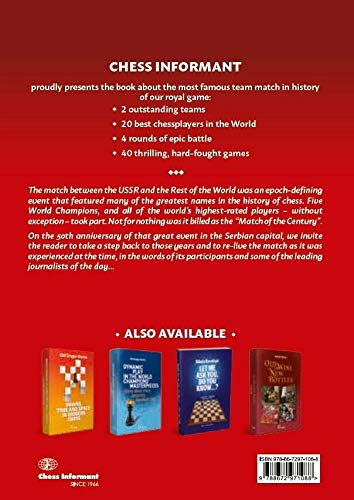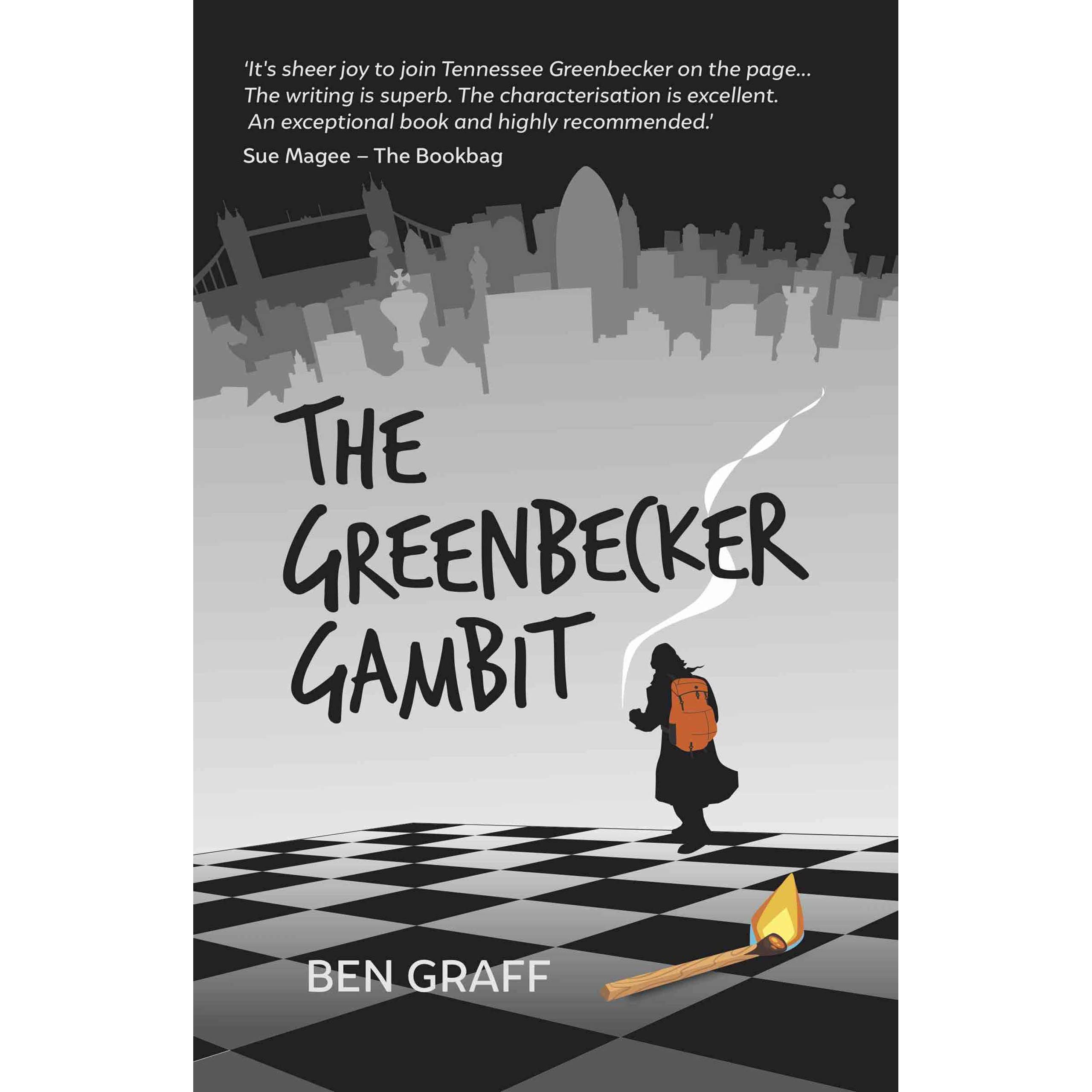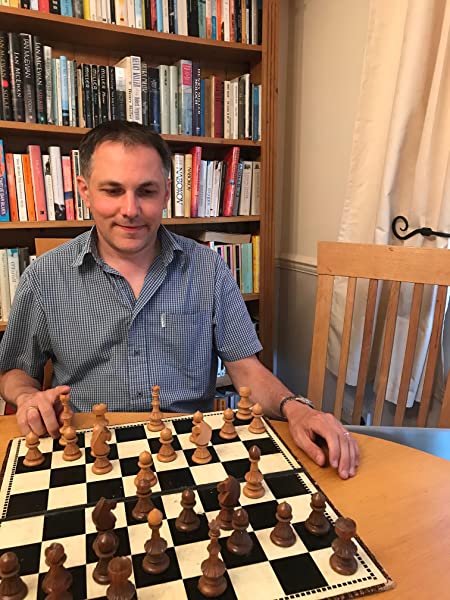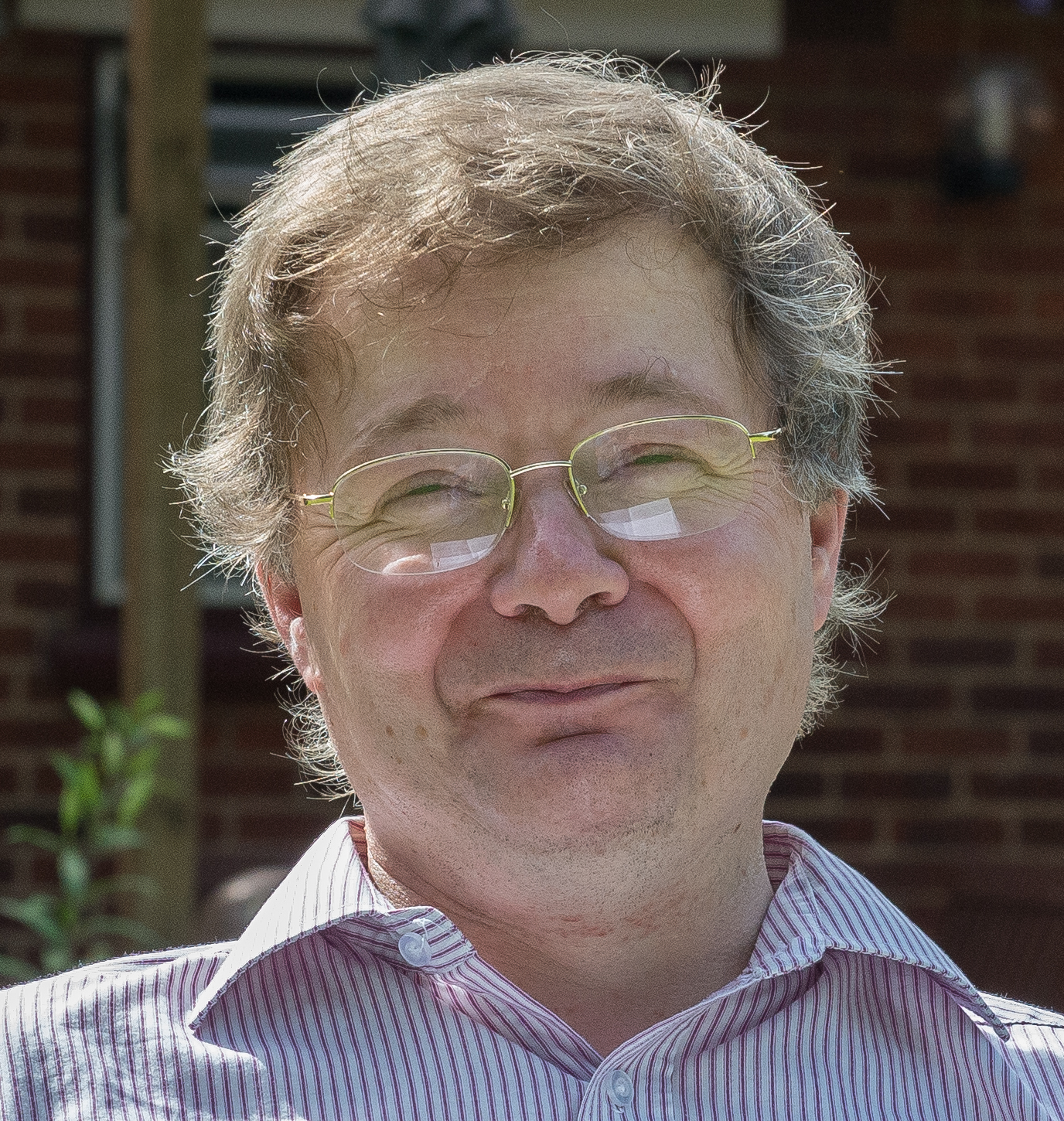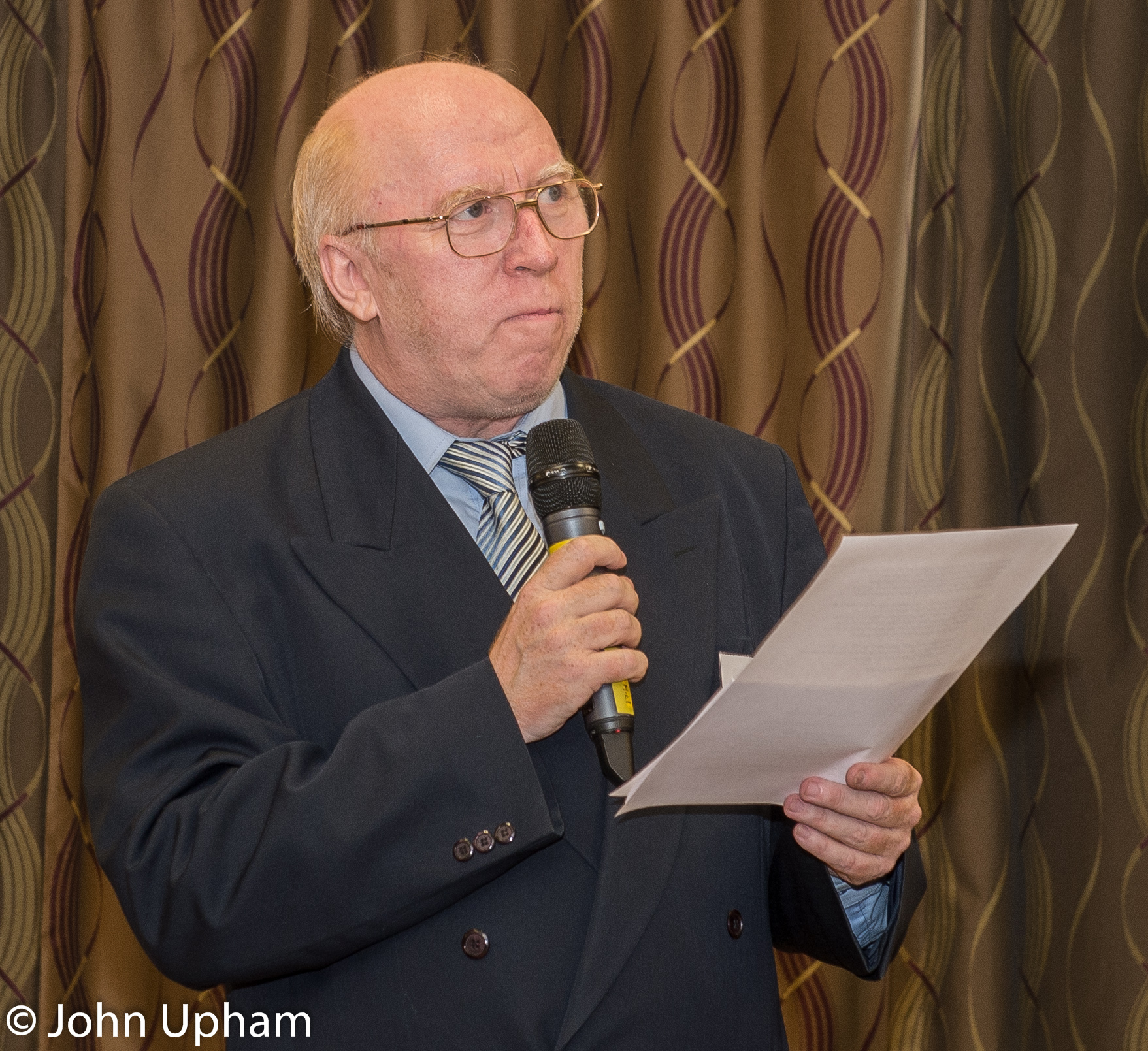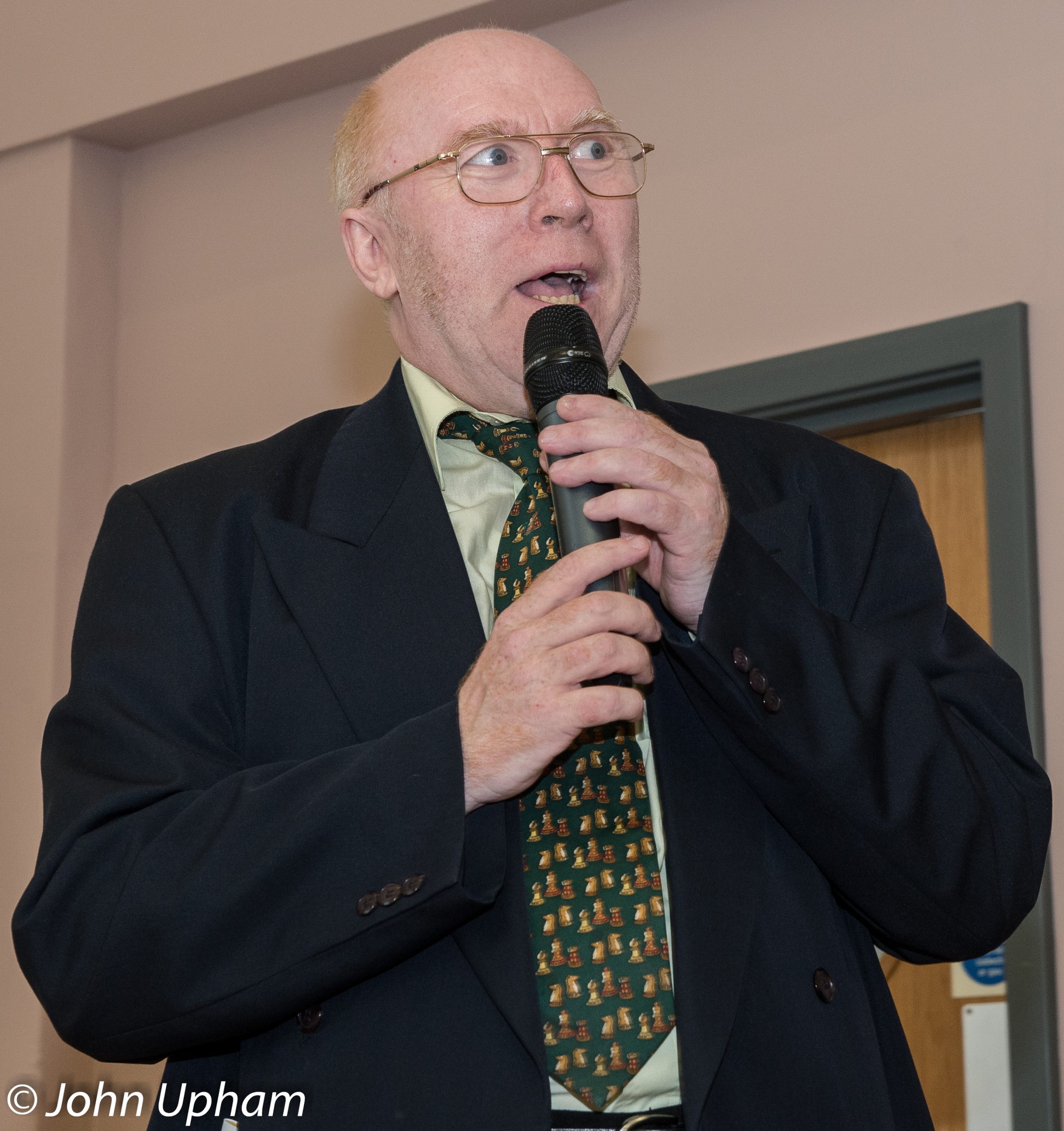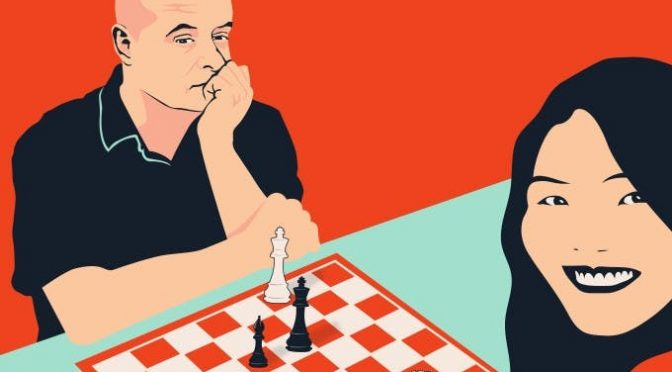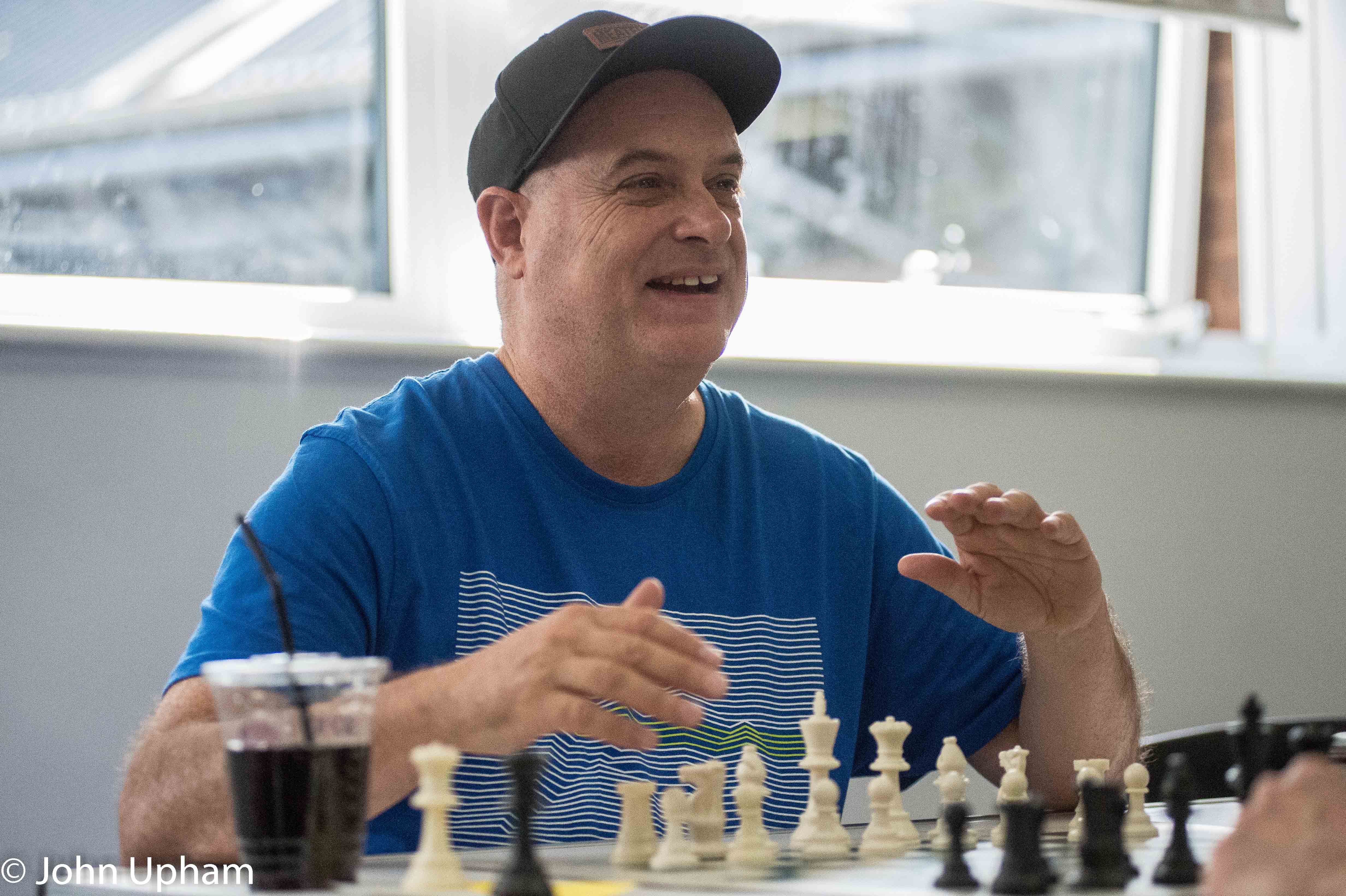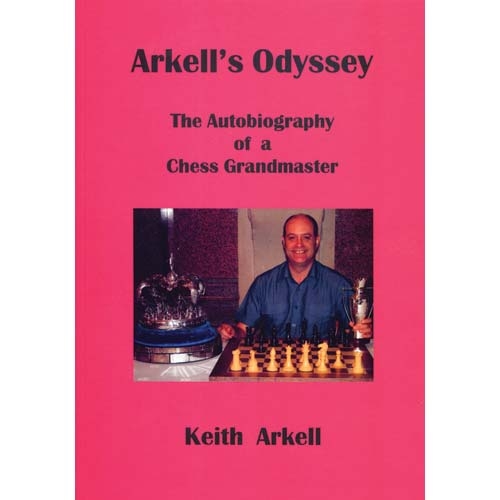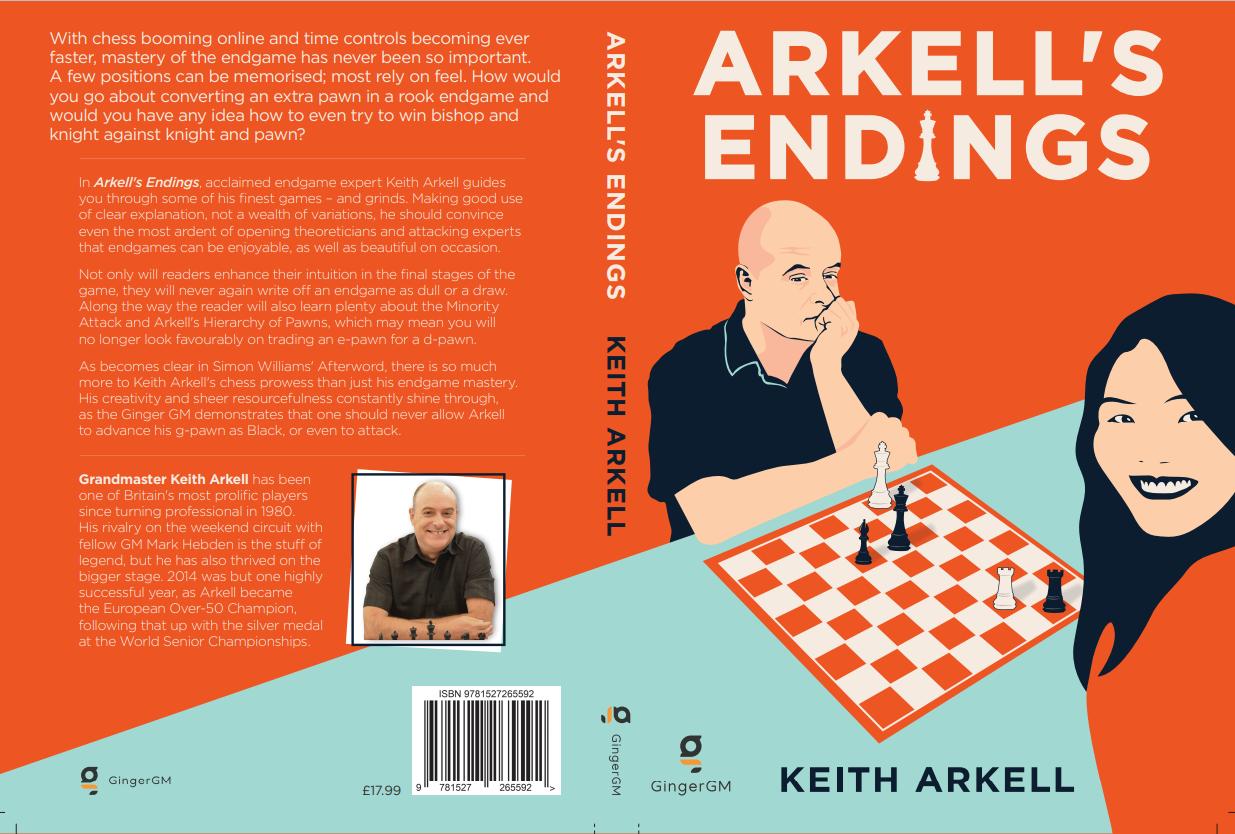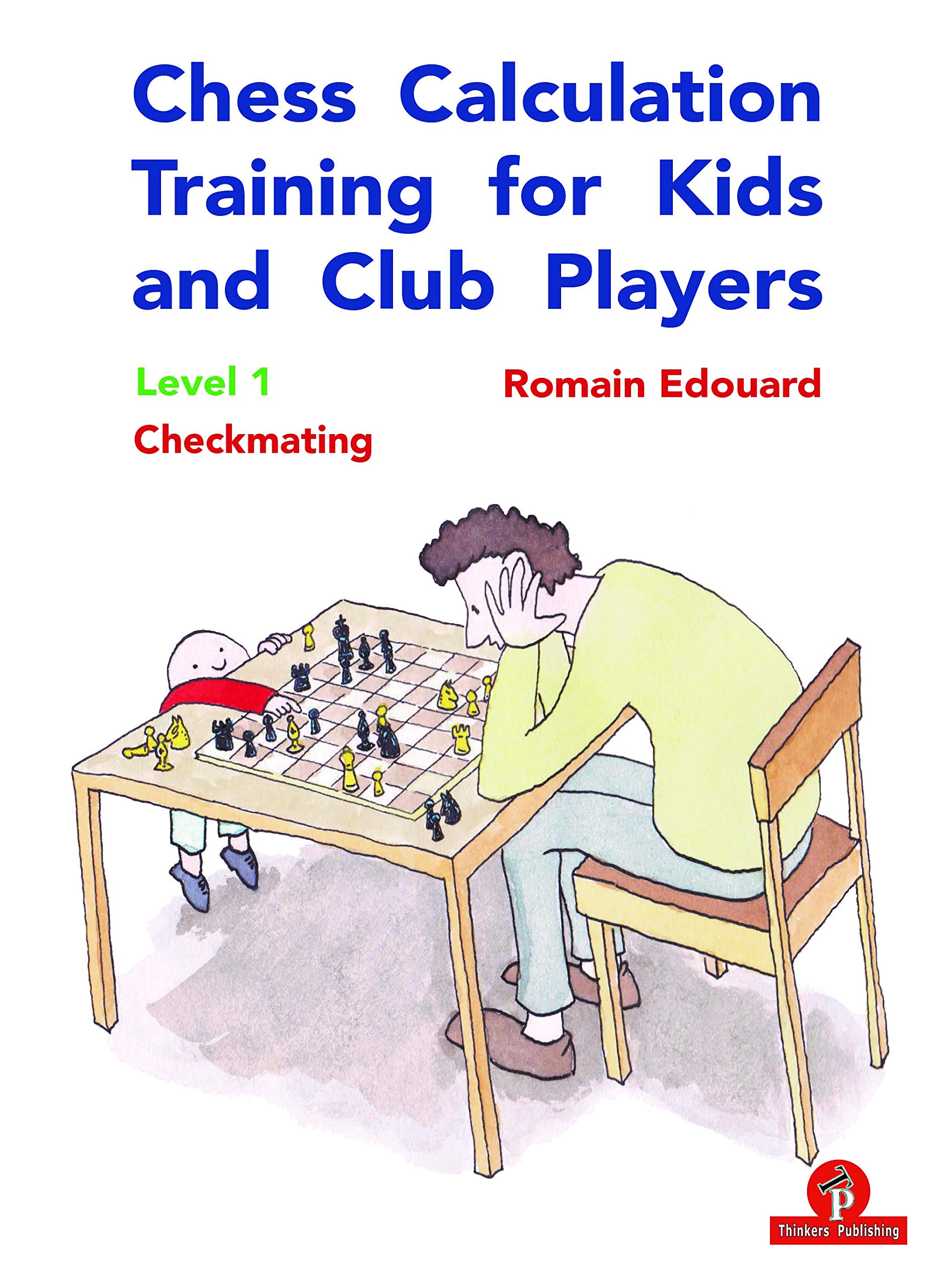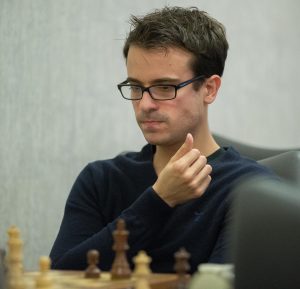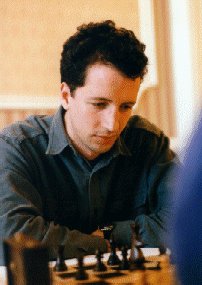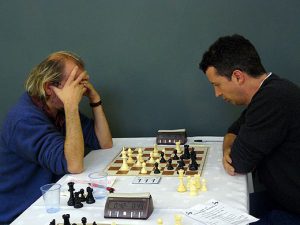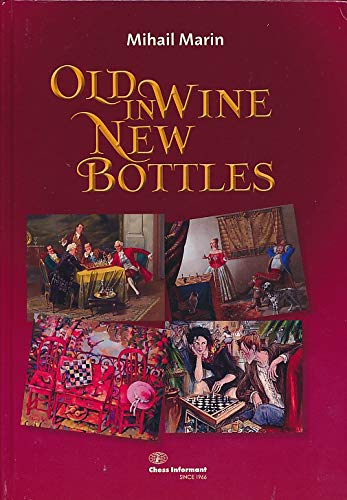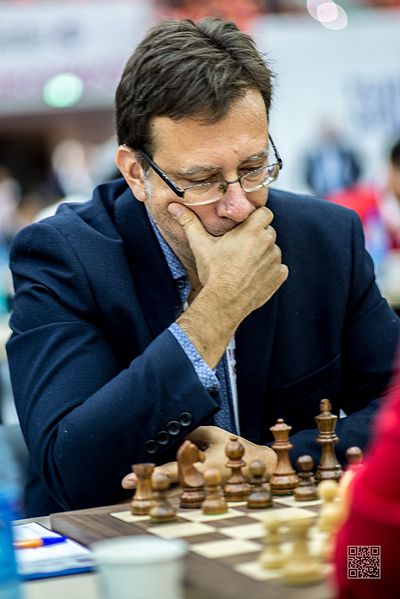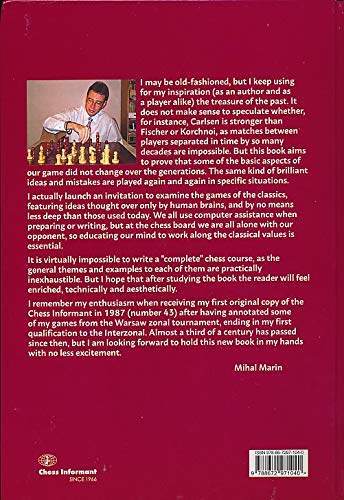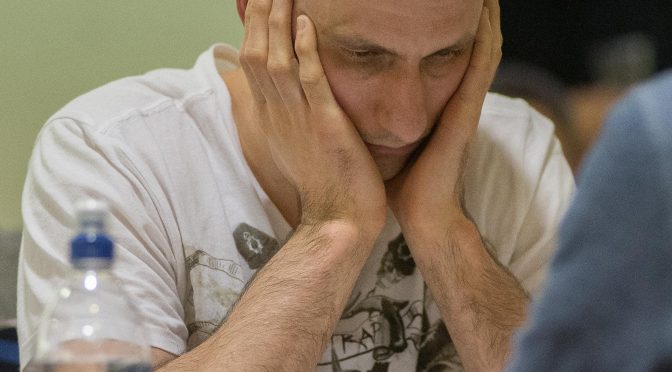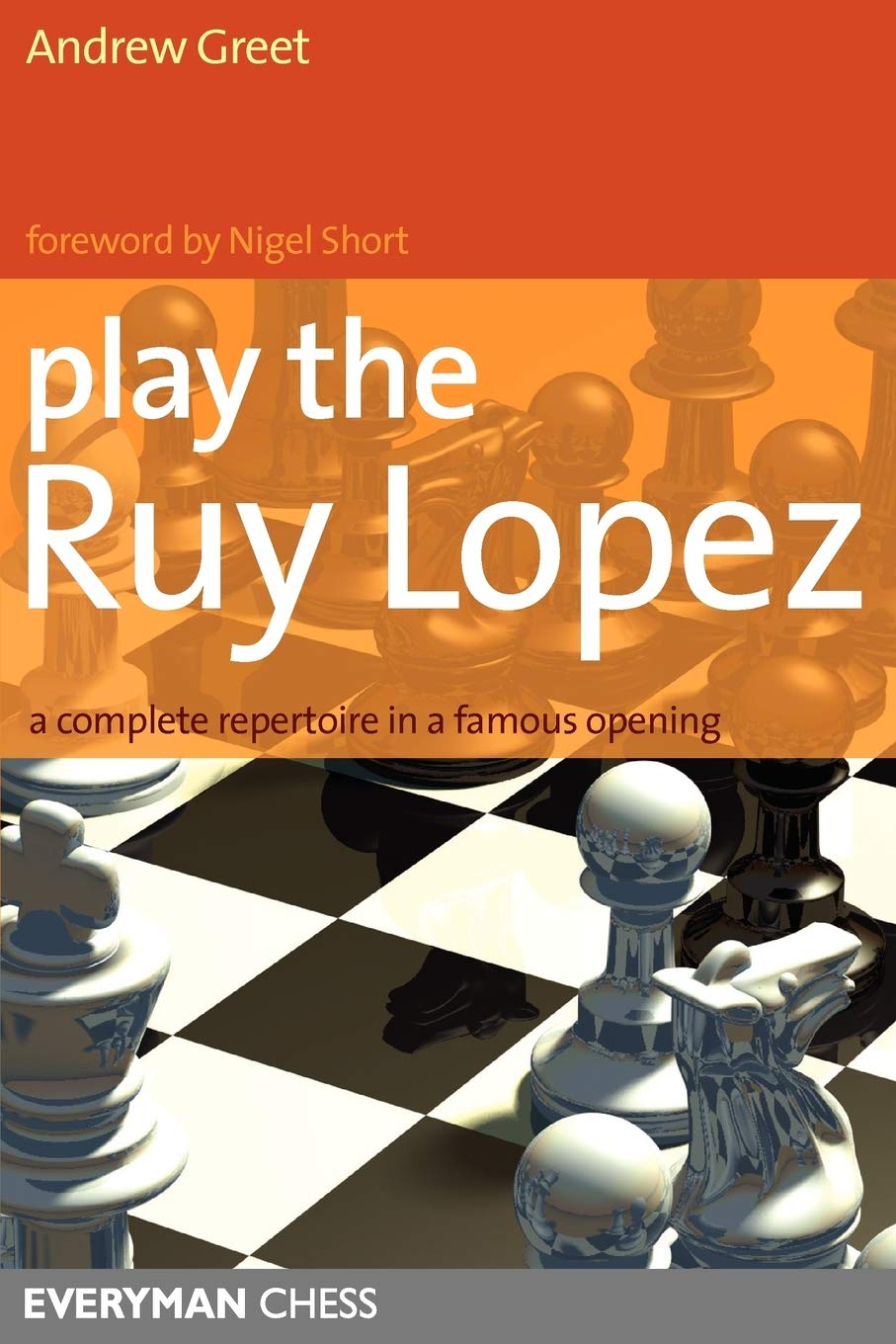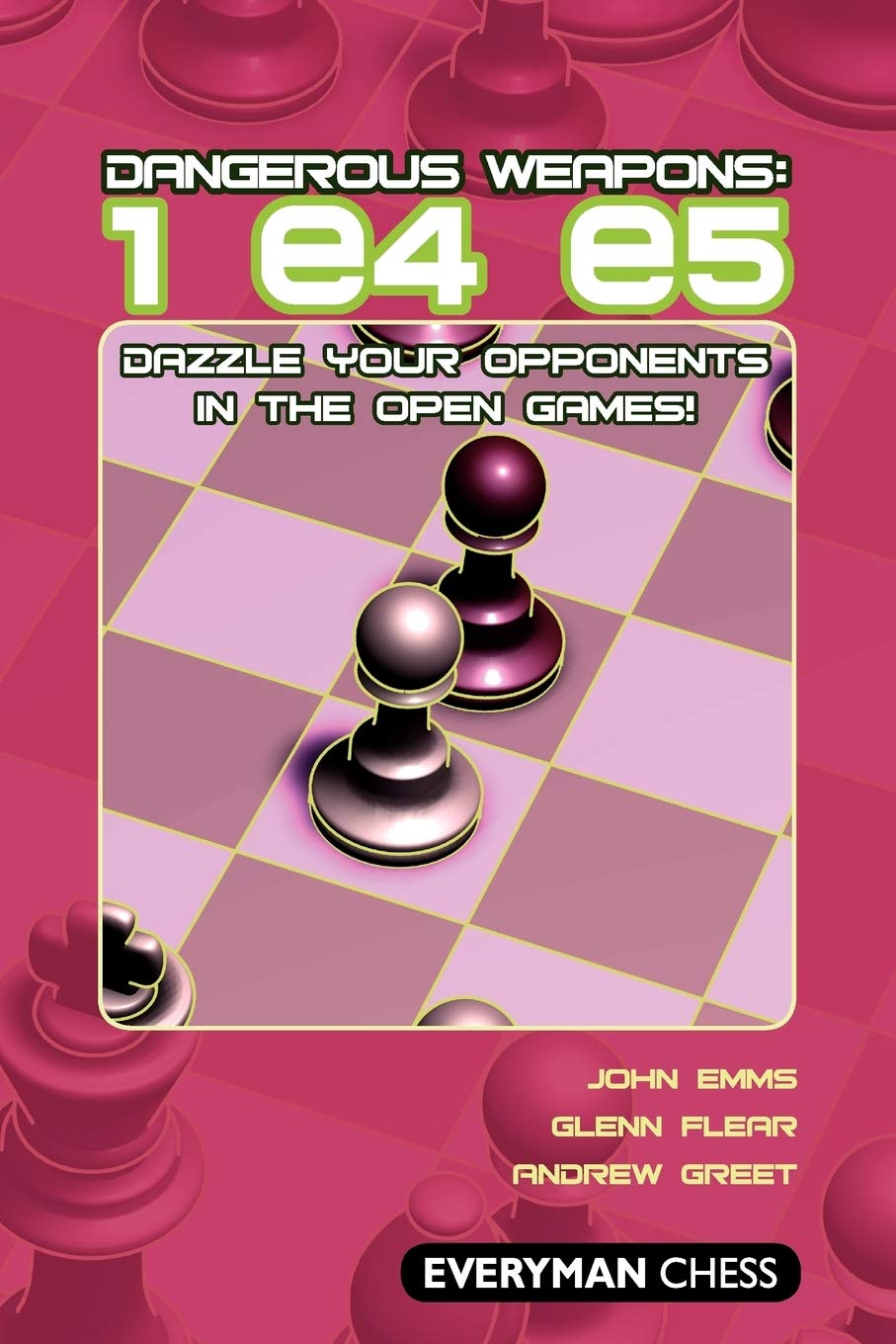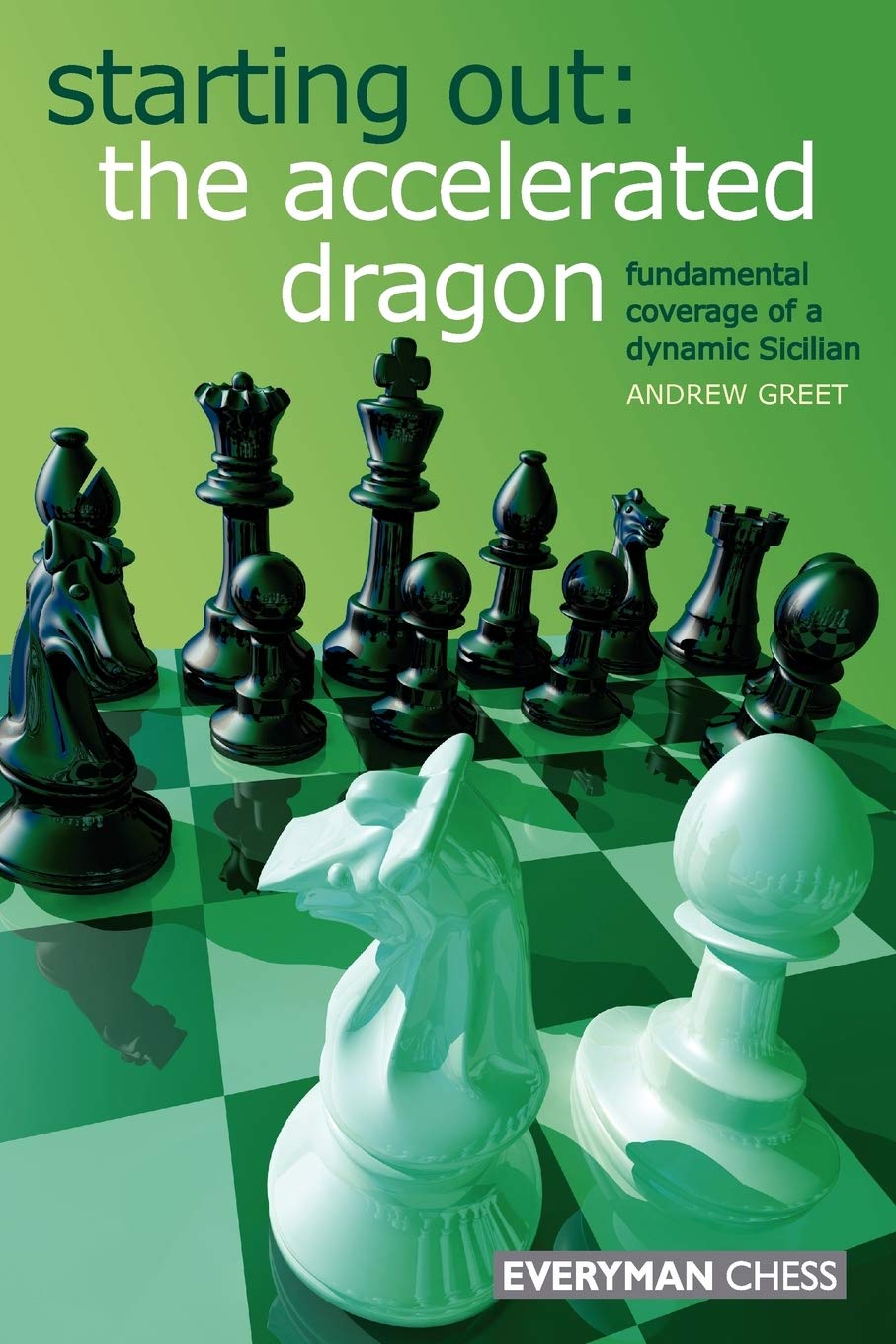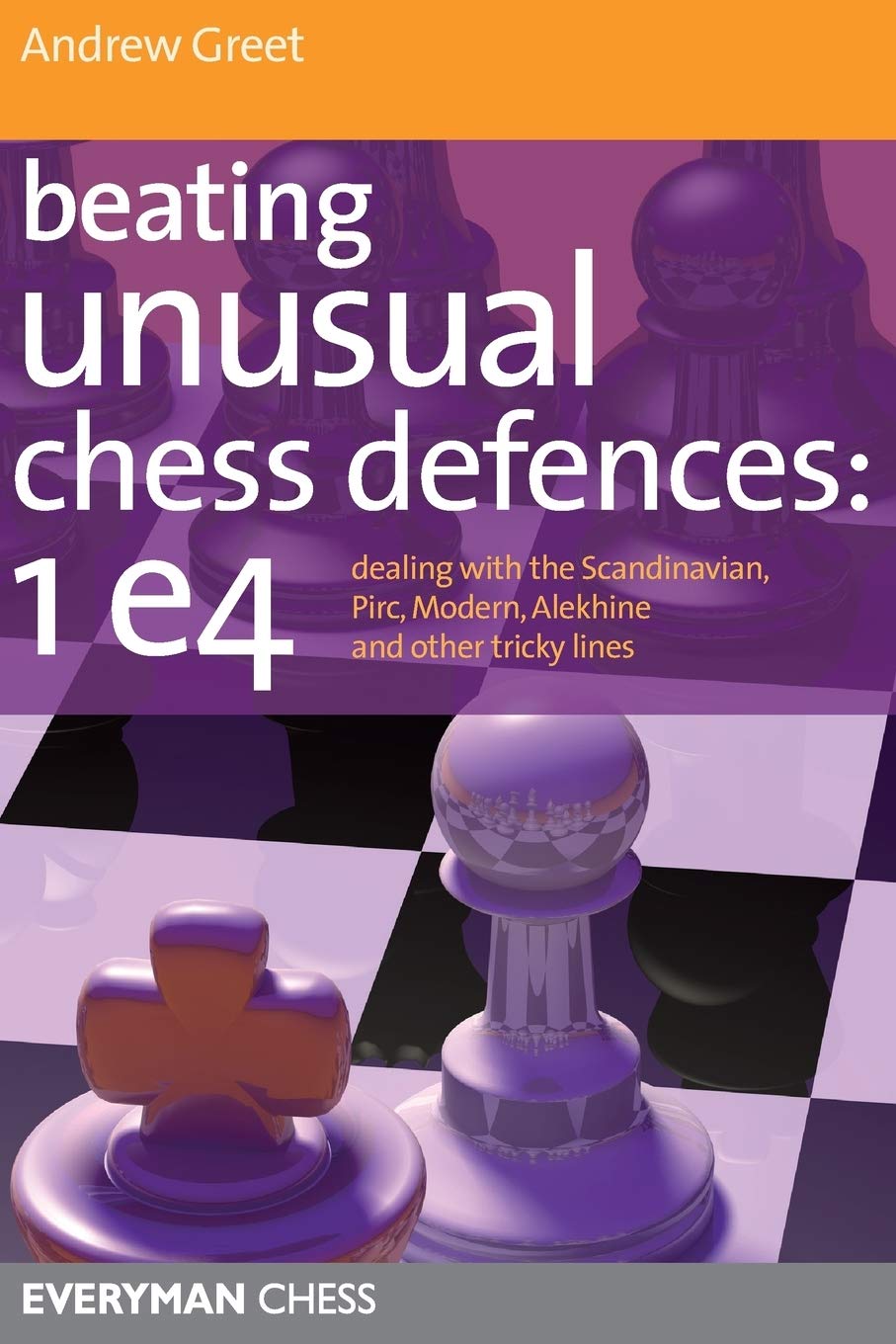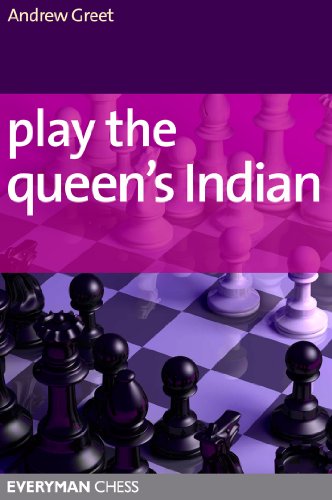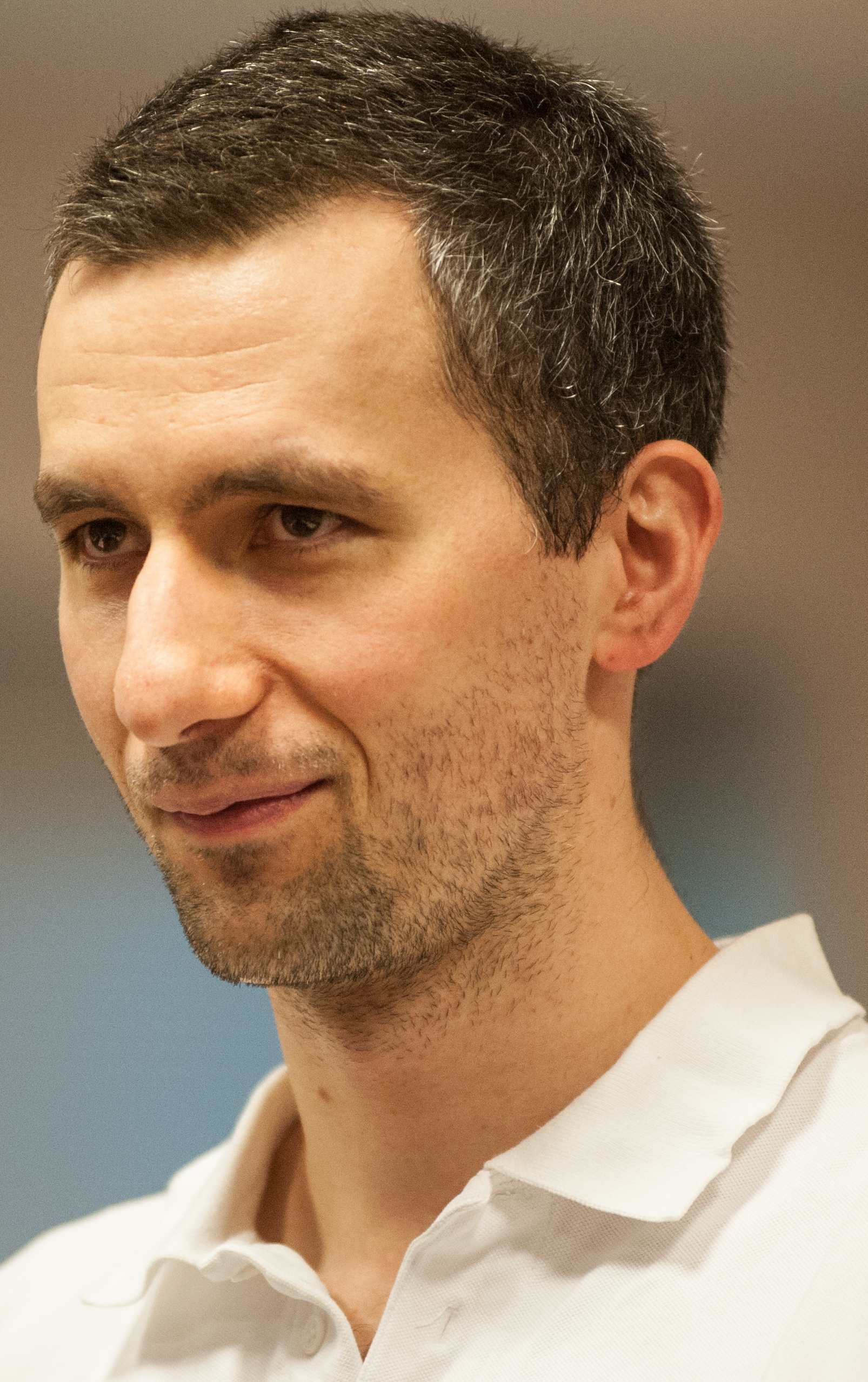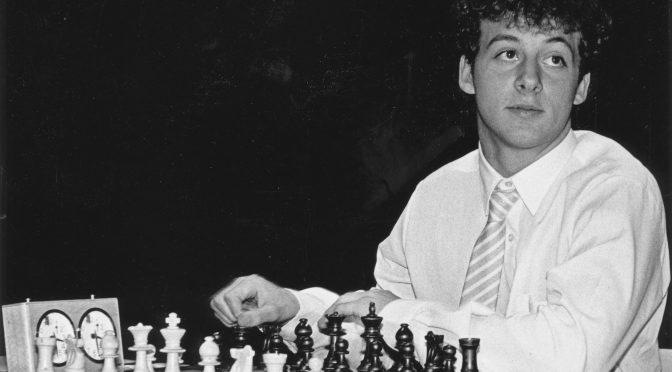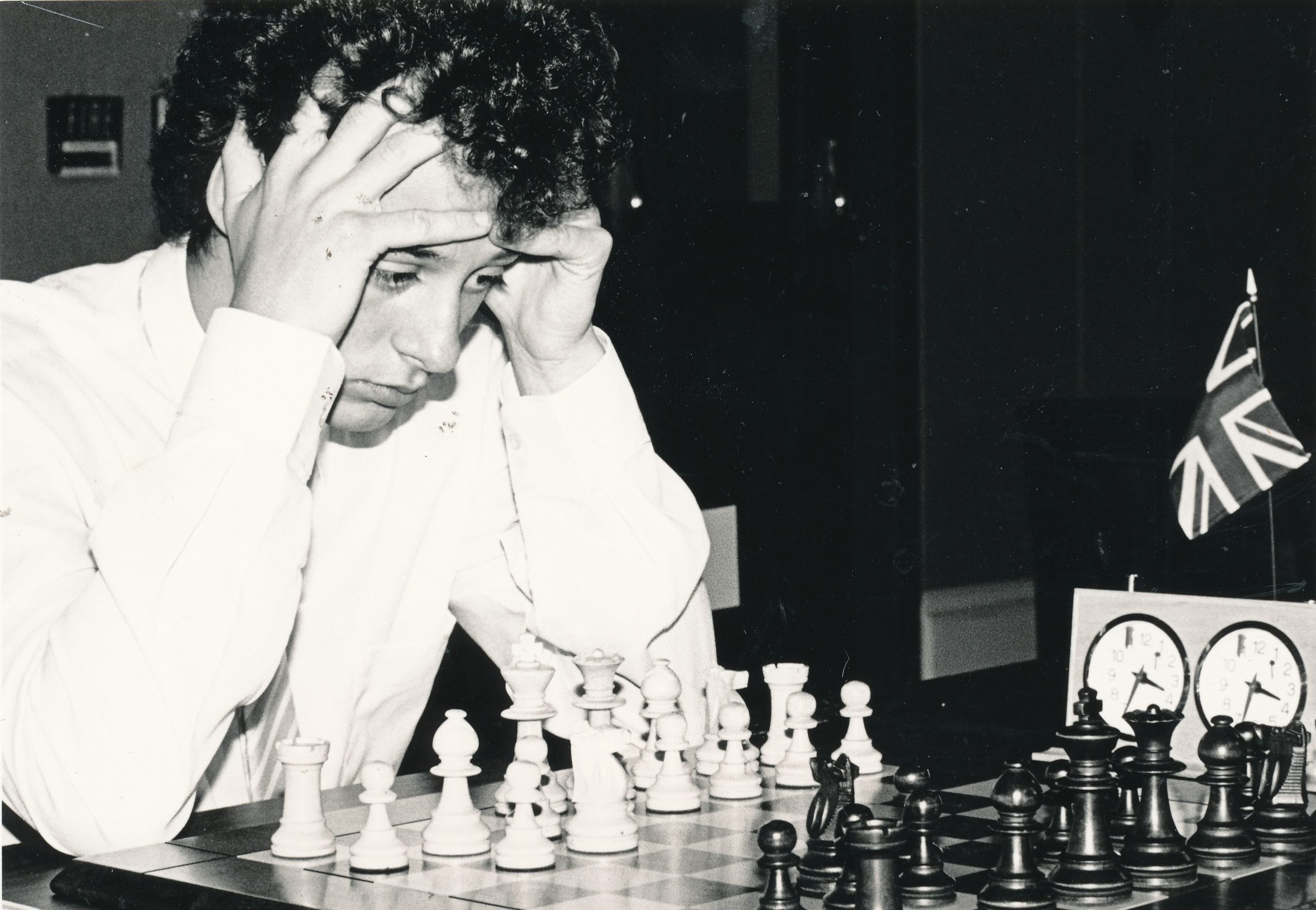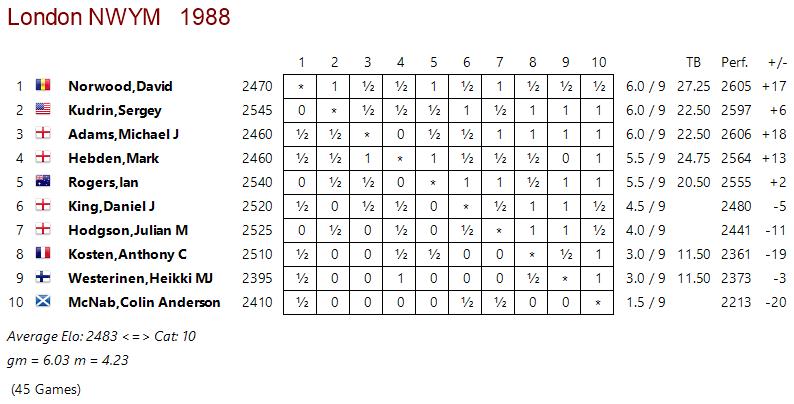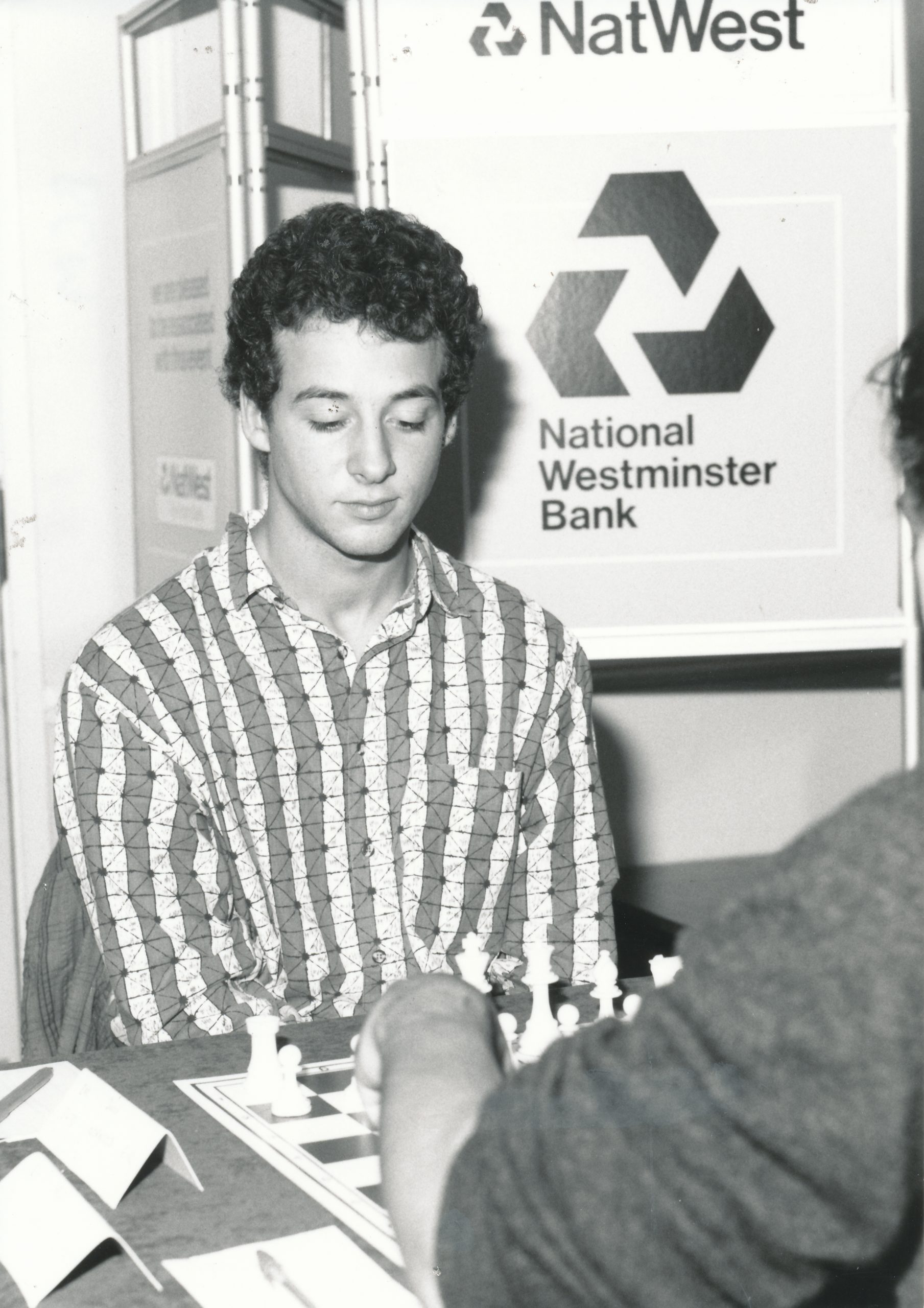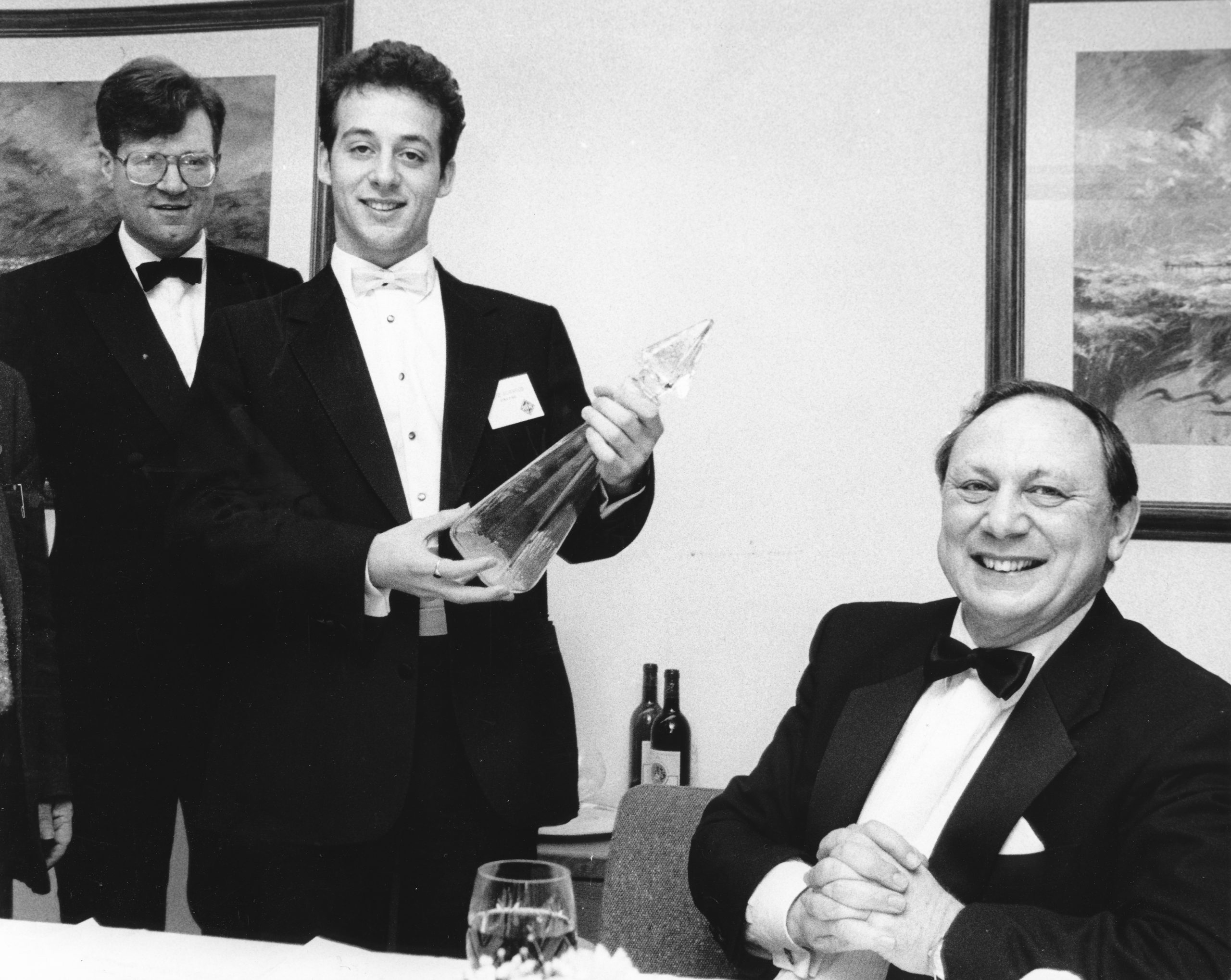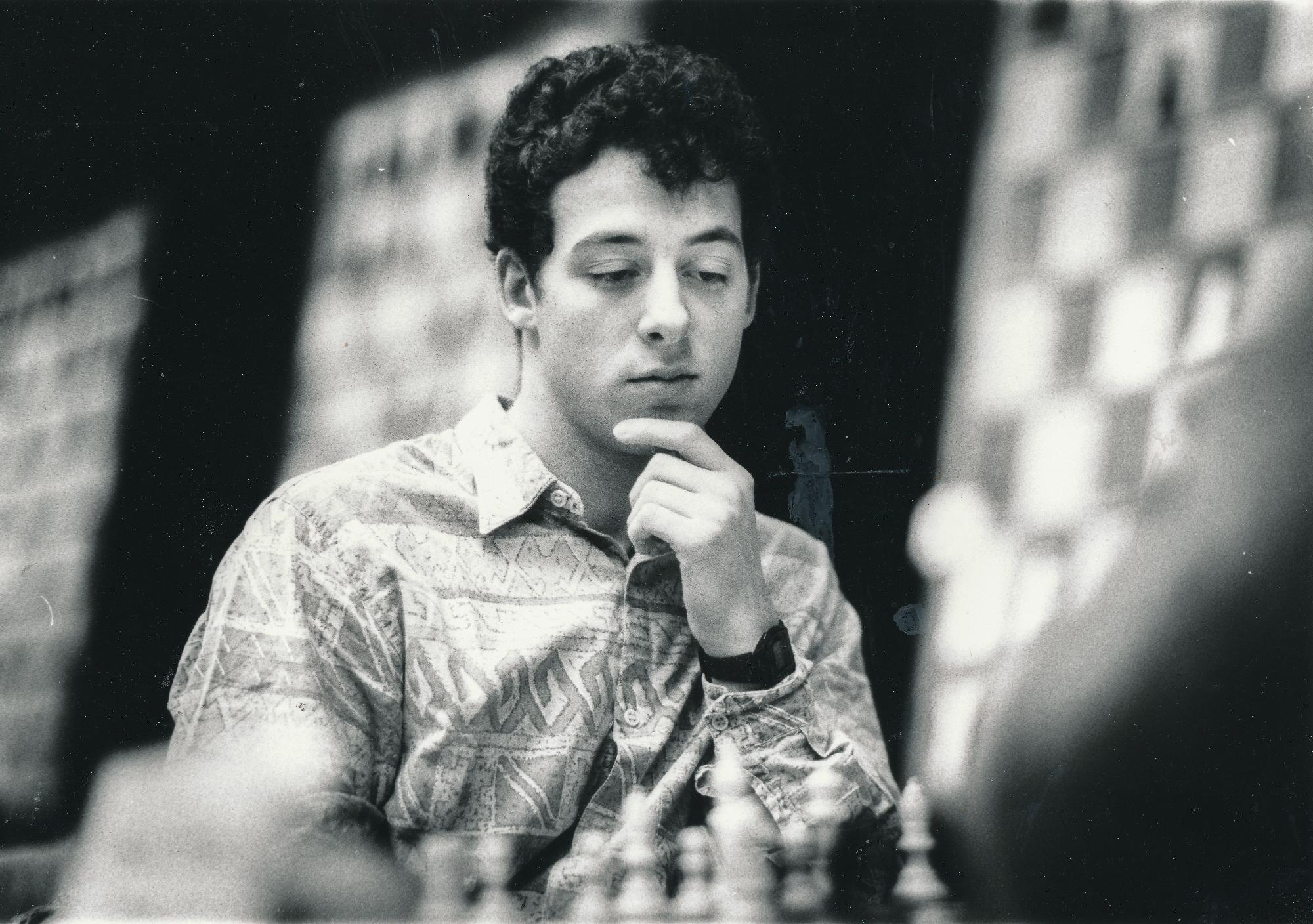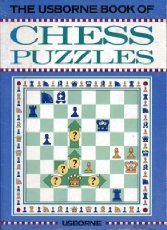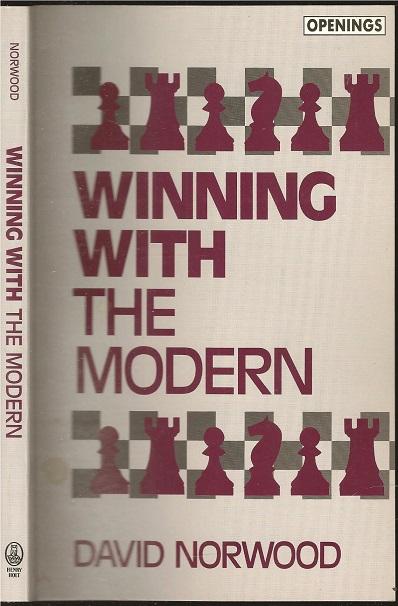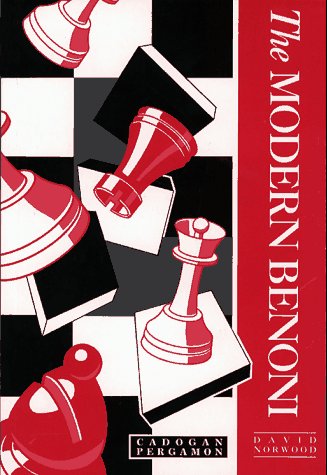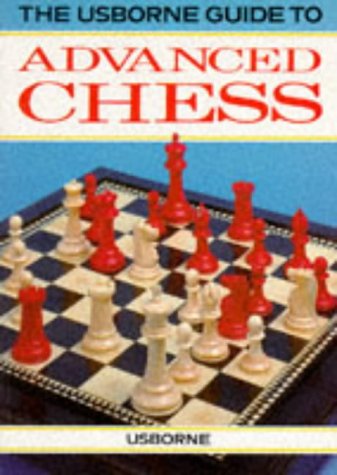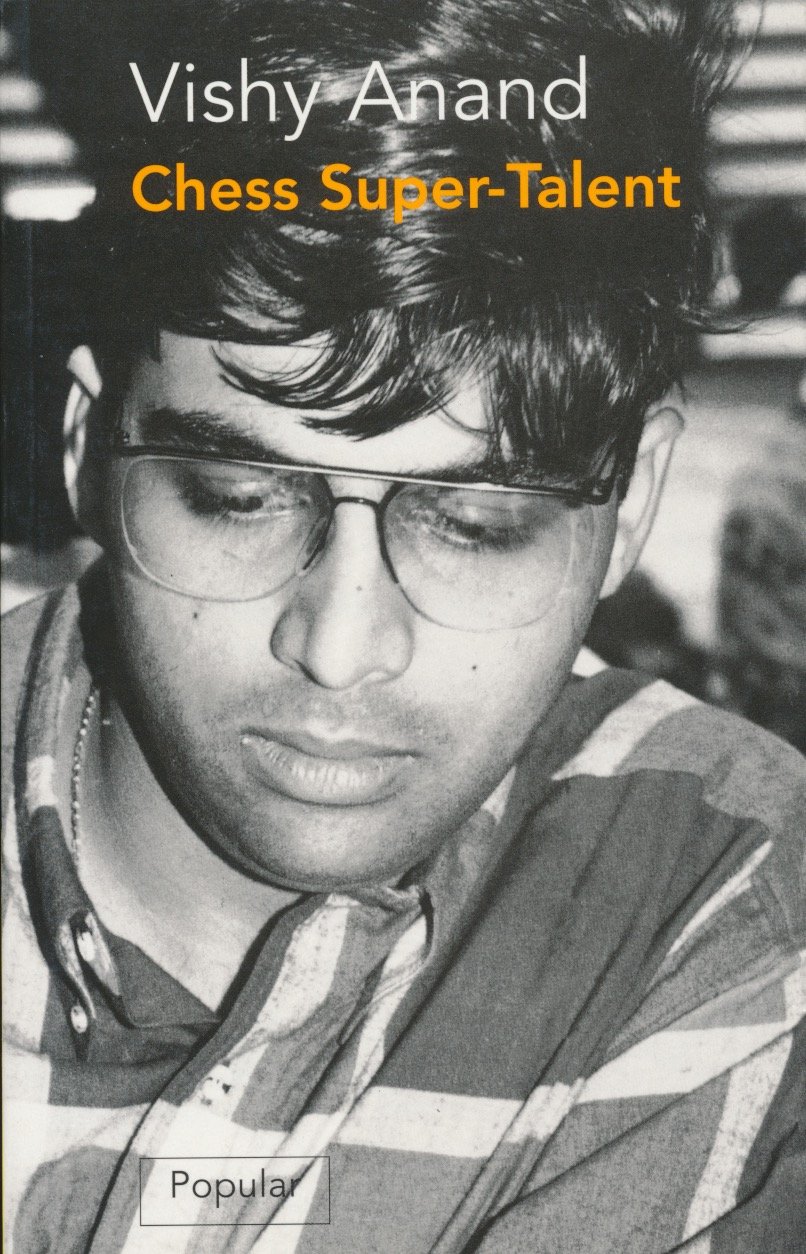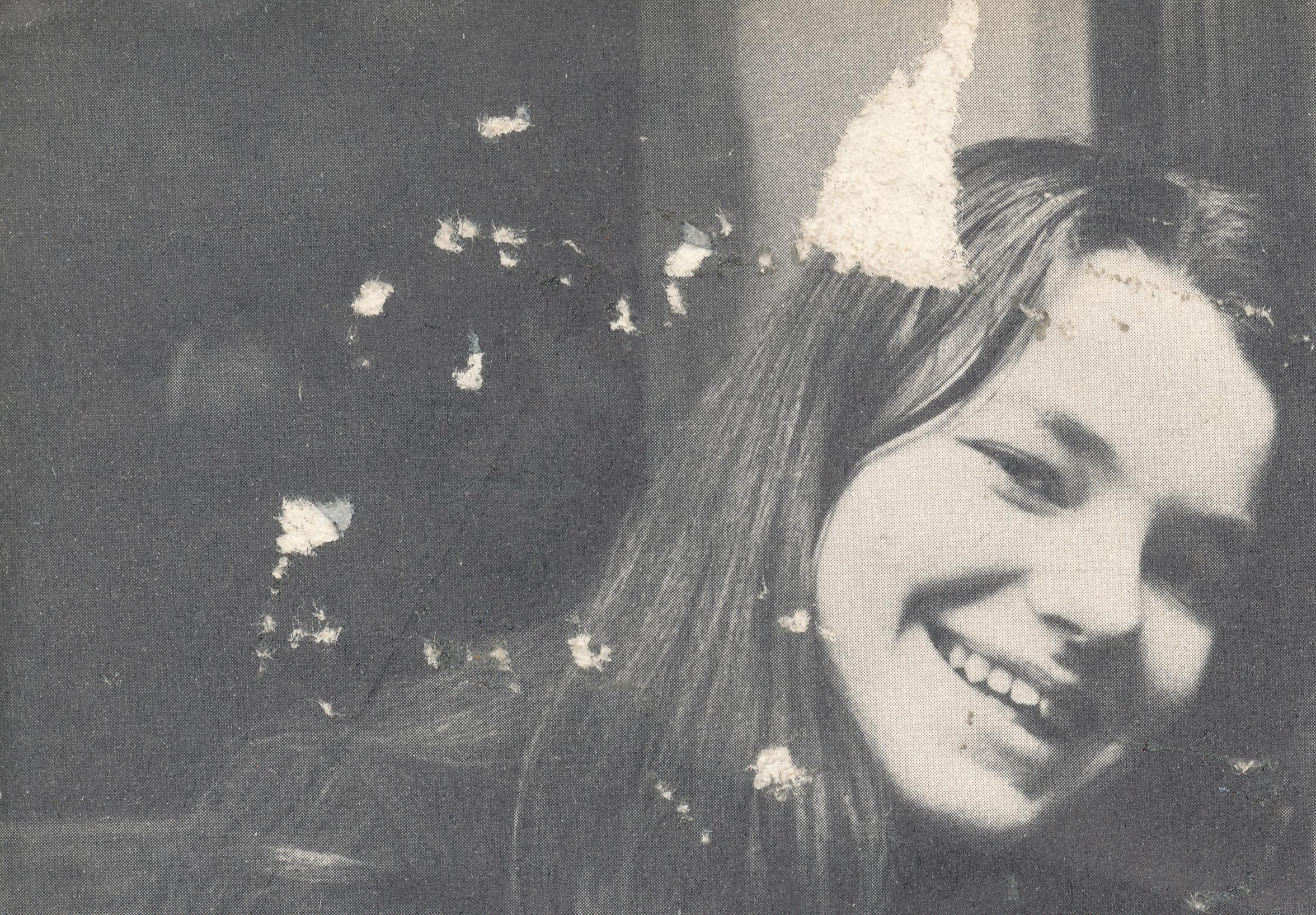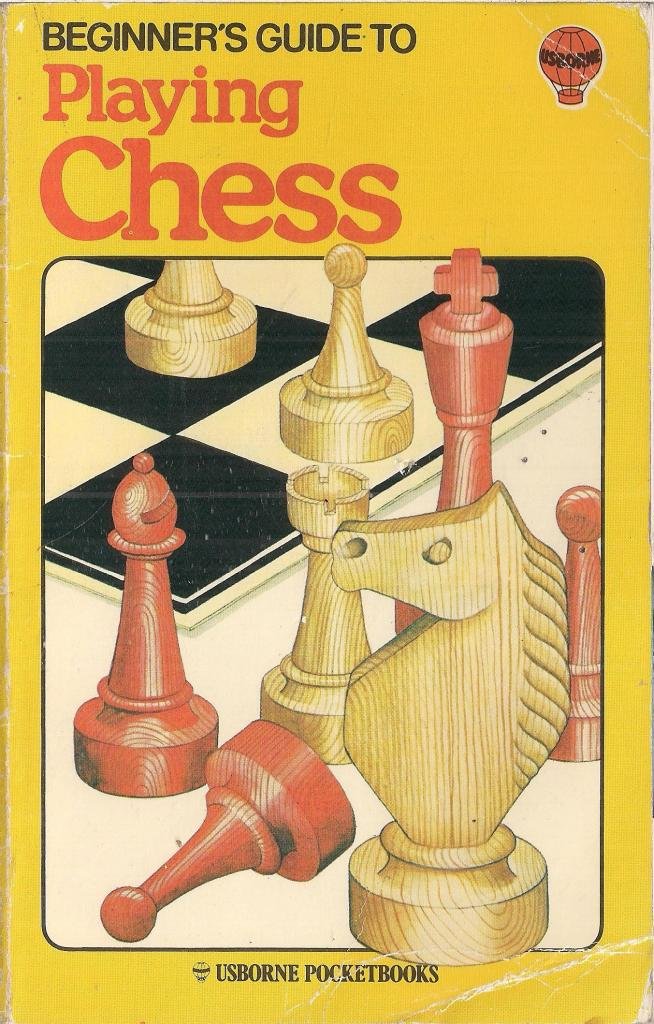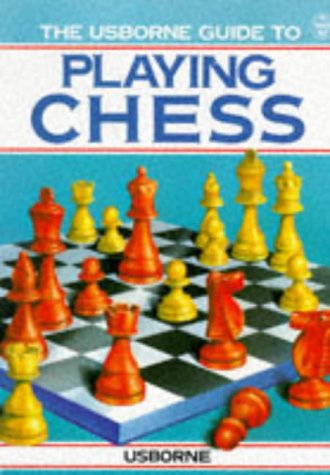The Match of the Century USSR vs. World : 50th Anniversary Edition
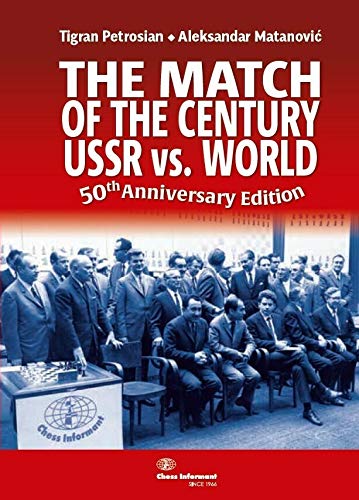
“The match between the USSR and the Rest of the World was an epoch-defining event that featured many of the greatest names in the history of chess. Five World Champions, and all of the world’s highest-rated players – without exception – took part. Not for nothing was it billed as the “Match of the Century”.
On the 50th anniversary of that great event in the Serbian capital, we invite the reader to take a step back to those years and to re-live the match as it was experienced at the time, in the words of its participants and some of the leading journalists of the day…
This edition is revised, extended, and compiled by Douglas Griffin, chess historian and connoisseur and Igor Žveglić, Chess Informant commissioning editor.”
Chess history and book enthusiasts will doubtless know that the first edition of this book (SSSR – SVET Soviet Union vs. World) was written by Tigran Petrosian and Alexander Matanovic and published in 1970 by Chess Informant :
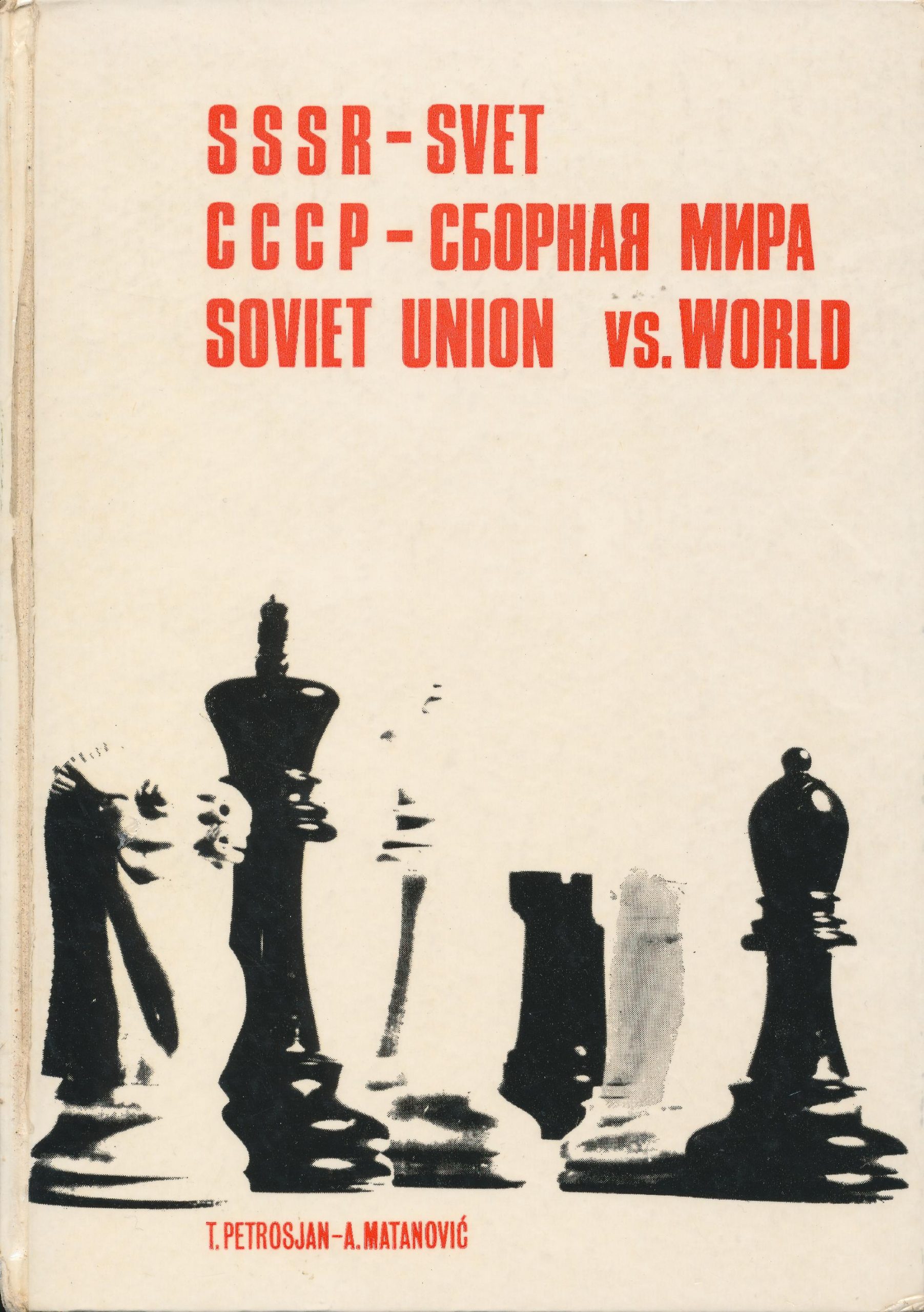
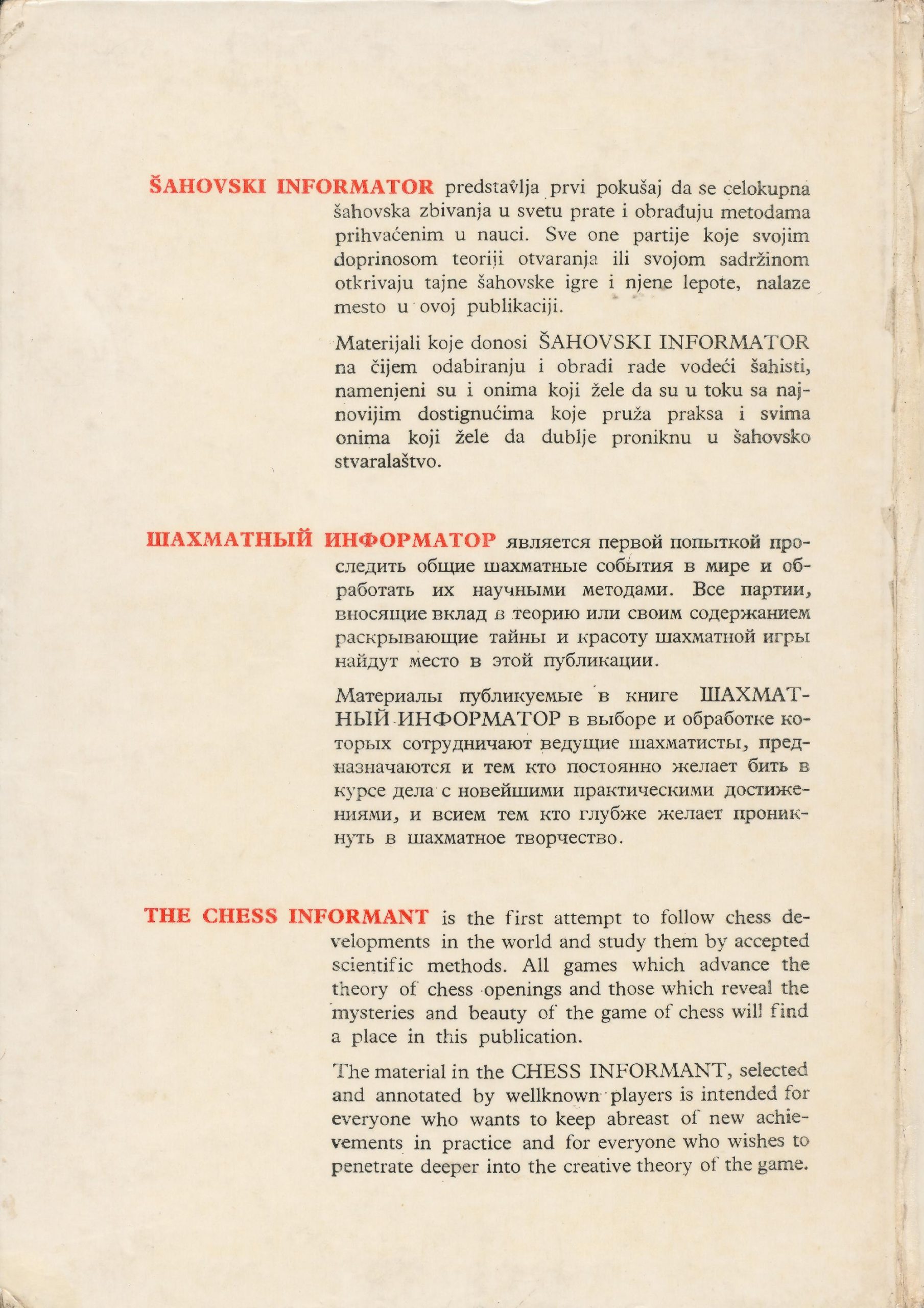
and commands reasonably high prices on the second hand book market.
Possibly more famous is the version written by Serbian FM, Dimitrije Bjelica (Димитрије Бјелица) together? with Bobby Fischer.
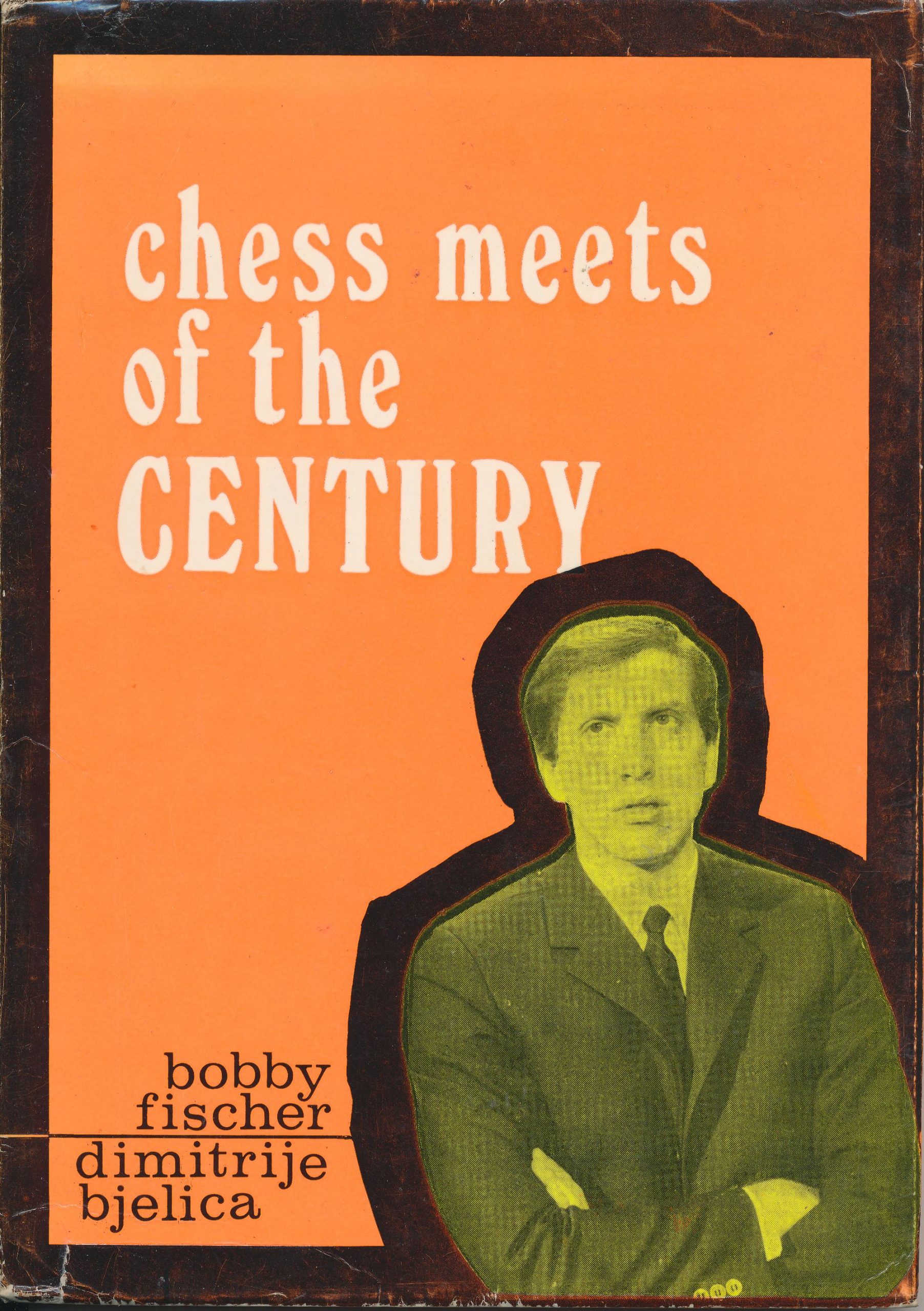
commanding even higher prices. Did Bobby contribute anything to this book? Another discussion for another time and another place perhaps…
The 50th Anniversary Edition is a rare thing in modern chess publishing : it is a hardback and a well-produced one. Chess Informant (along with McFarland Books and some Quality Chess titles) is known for publishing in hard back and, of course, the cover price reflects that. The book has a rather charming silk-style bookmark which is another endearing touch.
Internationally renowned chess historian Douglas Griffin and Igor ŽvegliĆ (both members of the Editorial Board) have taken the original Petrosian and Matanovic text, refreshed it and added new content not available at the time of the 1st editions publication. They have expanded the previously brief player biographies and the original Russian-language annotations have been translated.
Also, we have translations of contemporary articles from the Soviet chess press and subsequent recollections from some of the players and officials involved in the 1970 match.
Here is an article about the book from Douglas Griffin.
Initial impressions were somewhat soured by reading the Foreword to the 1st Edition : it contained typographical errors (not in the 1st edition : I checked) such as “developmet”, “chapions”. Hopefully these were not a portent of things to come!*
*It turns out my concerns were unfounded.
I conducted a careful comparison of the 1st and 2nd editions and drew several conclusions in favour of the 2nd edition. The paper and print quality is far superior, there are many more photographs and those photographs all have detailed attributions.
The player biographies are vastly more detailed and improved (and in English!). The annotations of the games appear to be the same except that all of the text is in English rather than just the comments of the World team player. Of course, the player annotations are delightful and deep and free of engine analysis : hurrah!
Here is one of the top board games annotated for ChessBase (rather than Informator) :
It is pleasing that the book was not spoilt by modern engine analysis and the players thoughts are a pleasure to study. There are additional diagrams for the 2nd edition annotations reducing the need for a board to follow the game : a board is a good idea anyway of course!. Each of the games are classified by ECO code (for example [E30]) whereas you might imagine the 1st edition would use a Rabar Index but it did not. Most people will know that Informant abandoned the use of the Rabar Index in 1981 in favour of ECO codes.
Following the annotated games we have a new section – “Reactions to the Match” Any chess enthusiast will find this fascinating and this section is followed by a Postscript which discusses the match in the context of the modern game. Enthralling stuff!
As a bonus feature there is an extensive list of References at the rear. Since Douglas Griffin was the main writer of this 50th Anniversary Edition you would his expect superb attention to detail and historical accuracy and that is what you are given.
In summary, this is a delightful book both from the visual perspective and from its content. You will not be disappointed – even the other books on your shelf will be pleased by this new edition.
If you would like to get an idea of the book before purchasing (and please do!) then try these sample pages. Personally, I’d rather read the words from the book than a screen.
John Upham, Cove, Hampshire, 15th October, 2020

Book Details :
- Hardback : 255 pages
- Publisher: Sahovski Chess (aka Chess Informant or Informator) (December 27, 2019)
- Language: English
- ISBN-10: 8672971086
- ISBN-13: 978-8672971088
- Product Mass : 1.5 pounds
Official web site of Sahovski Chess
